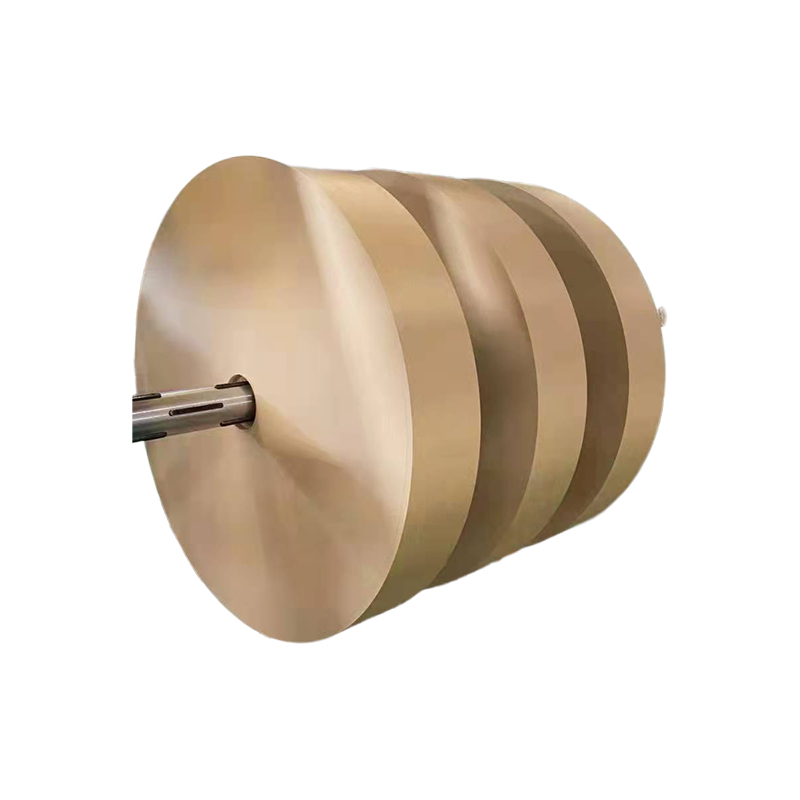A PE Coated Paper Roll is a type of paper with a plastic coating treatment. It is used for various purposes such as food packaging, labeling, and manufacturing medical materials. PE-coated papers have many benefits, including moisture resistance and printing ability. These papers are also recyclable and can help reduce waste. However, they can be difficult to recycle and are not biodegradable. To make PE-coated papers more sustainable, the industry must implement quality control measures and establish standards and regulations.
PE-coated paper is made with a layer of low-density polyethylene (LDPE) or high-density polyethylene (HDPE). The LDPE and HDPE coating treatments are applied to the paper using an extrusion process. This coating makes the paper water-resistant, making it an excellent choice for food packaging. This is especially useful for liquid and dairy products, which often require protection from moisture. The LDPE and HDPE coatings can also resist grease and other contaminants.
This type of paper is not only water-resistant but it can be heat-sealed to protect the contents from contamination and deterioration. It is also strong enough to withstand harsh handling and transporting conditions. It is ideal for packaging a wide range of foods and beverages, from coffee and tea to condiments and frozen food items. It is also an excellent choice for cold drinks, as it provides a sturdy, leak-proof container that can withstand freezing temperatures.
While the petrochemicals that comprise the PE coating may seem harmful, it is important to remember that these chemicals are only a small part of the overall product. The paper portion of the paperboard is made from renewable resources and can be recycled many times over. The paper component of a coffee cup, for example, can be separated from the lining and used to manufacture new coffee cups through a process called “hydro-pulping.” This process uses hot water to separate the fibers from the petrochemical lining.
The PE coating on the paperboard is composed of natural resources such as petroleum or natural gas, while the lining consists of synthetics derived from ethylene molecules created through chemical reactions in a reactor. While the lining can be difficult to separate from the cupstock, some companies are already working to make this possible. In 2018, a Starbucks pilot program successfully separated and recycled both the lining and the fiber from coffee cups, converting them into a new paperboard that can be used to manufacture the next generation of coffee cups.
PE coated paperboard is available in a variety of thicknesses, depending on the specific application. A thinner ply is designed for food packaging and labeling, while a thicker ply is used for manufacturing heavy-duty bags. These plys are also available in various colors, tones, and finishes. Some have a glossy surface, which is perfect for high-quality graphics and images. Others have a matte finish, which is used for printed documents and other applications that do not require a shiny surface.



 English
English







